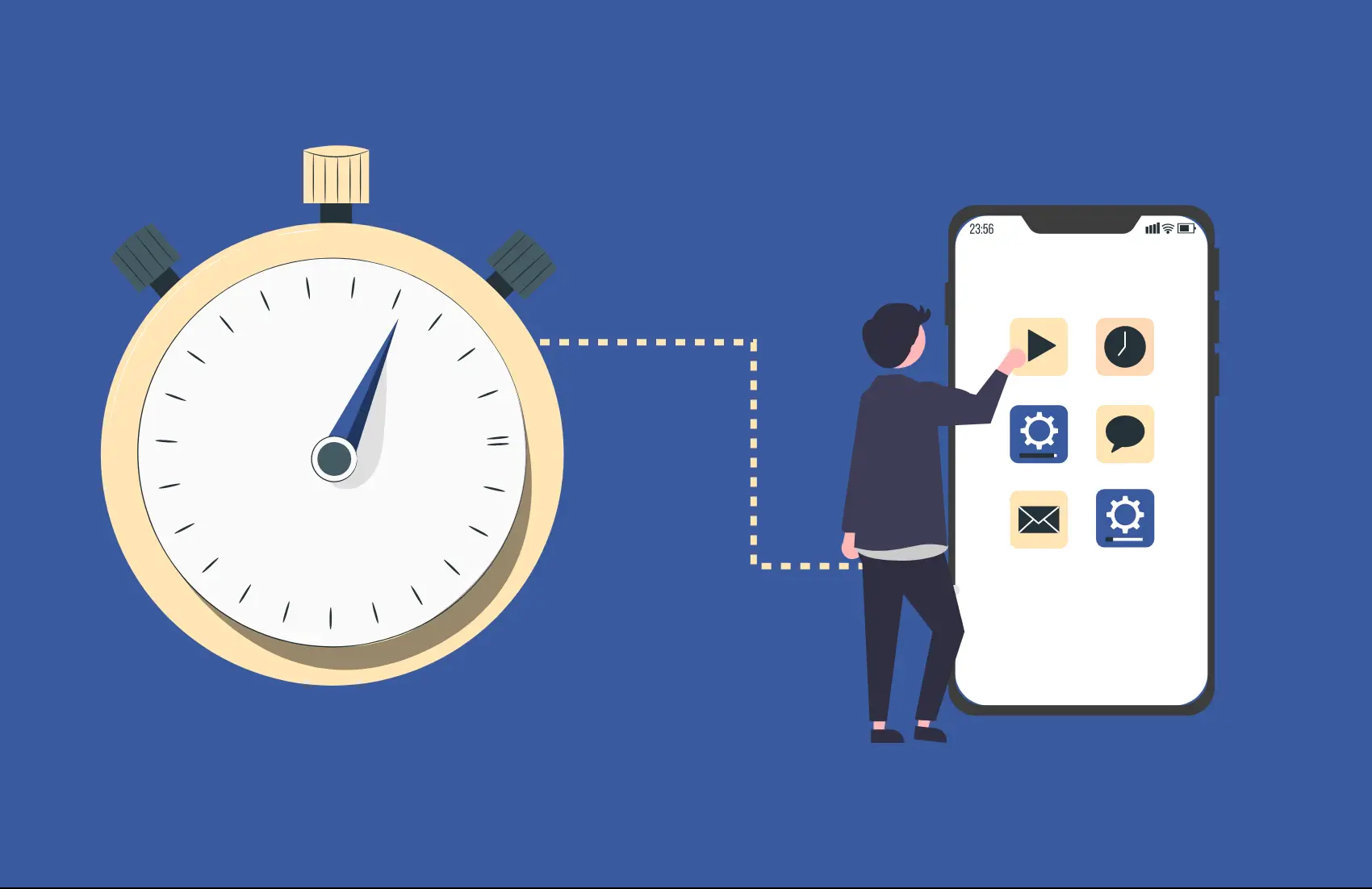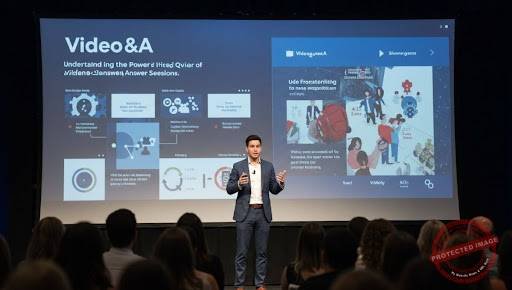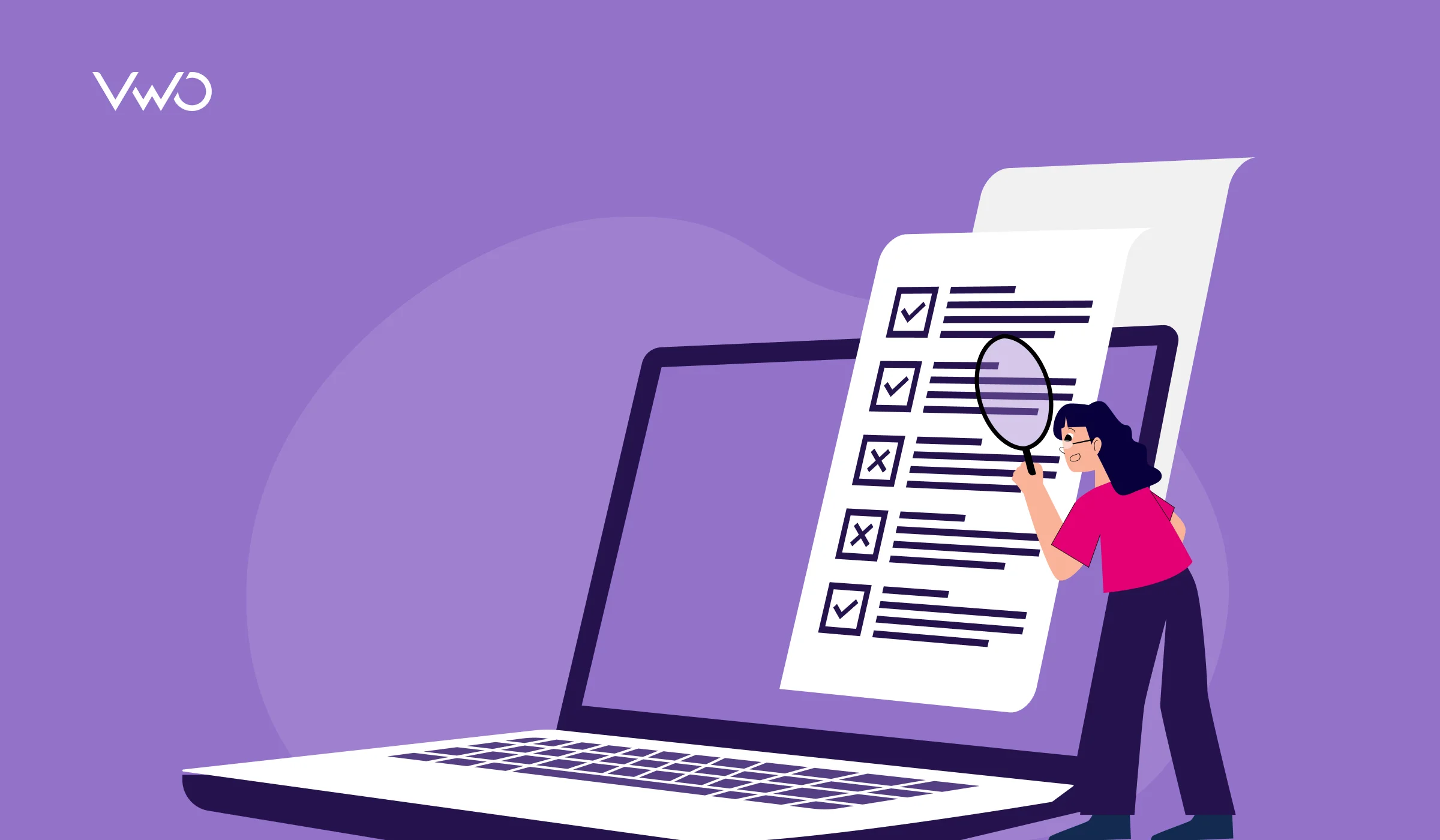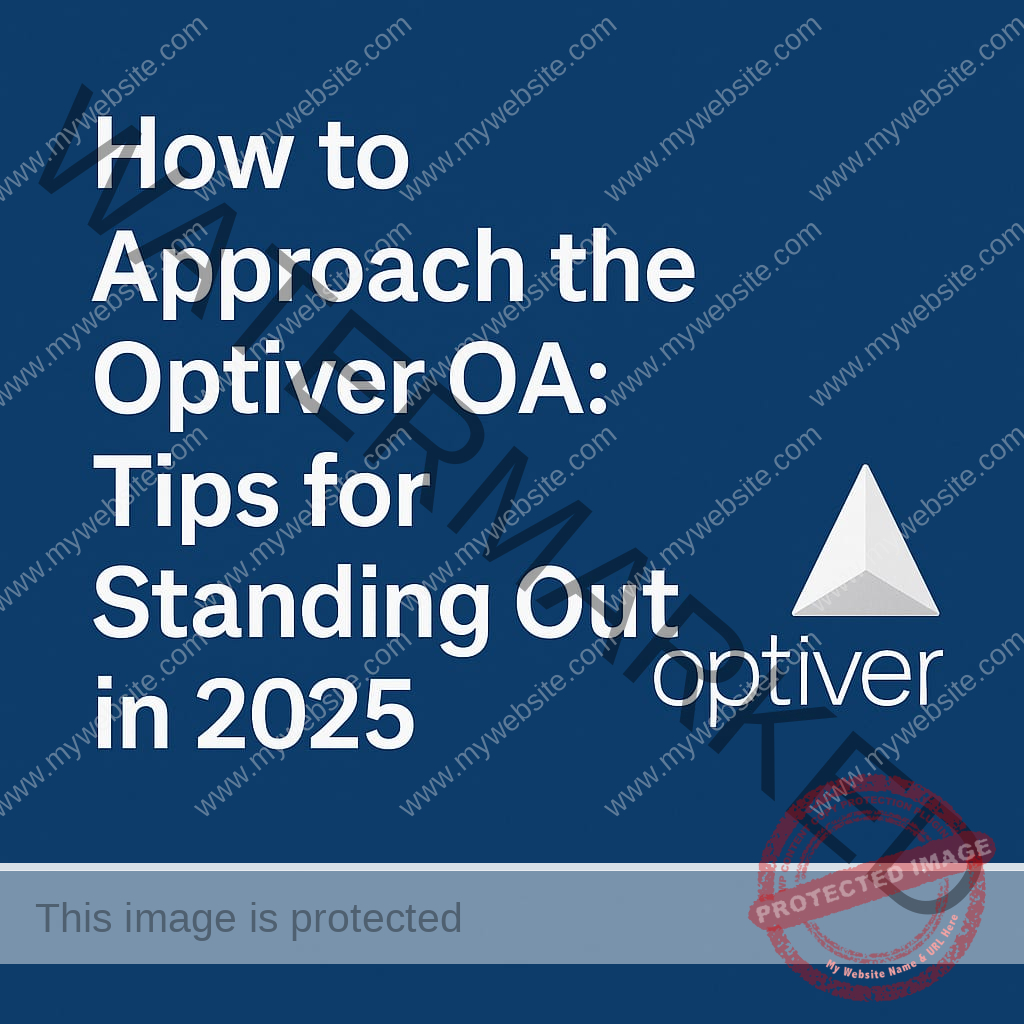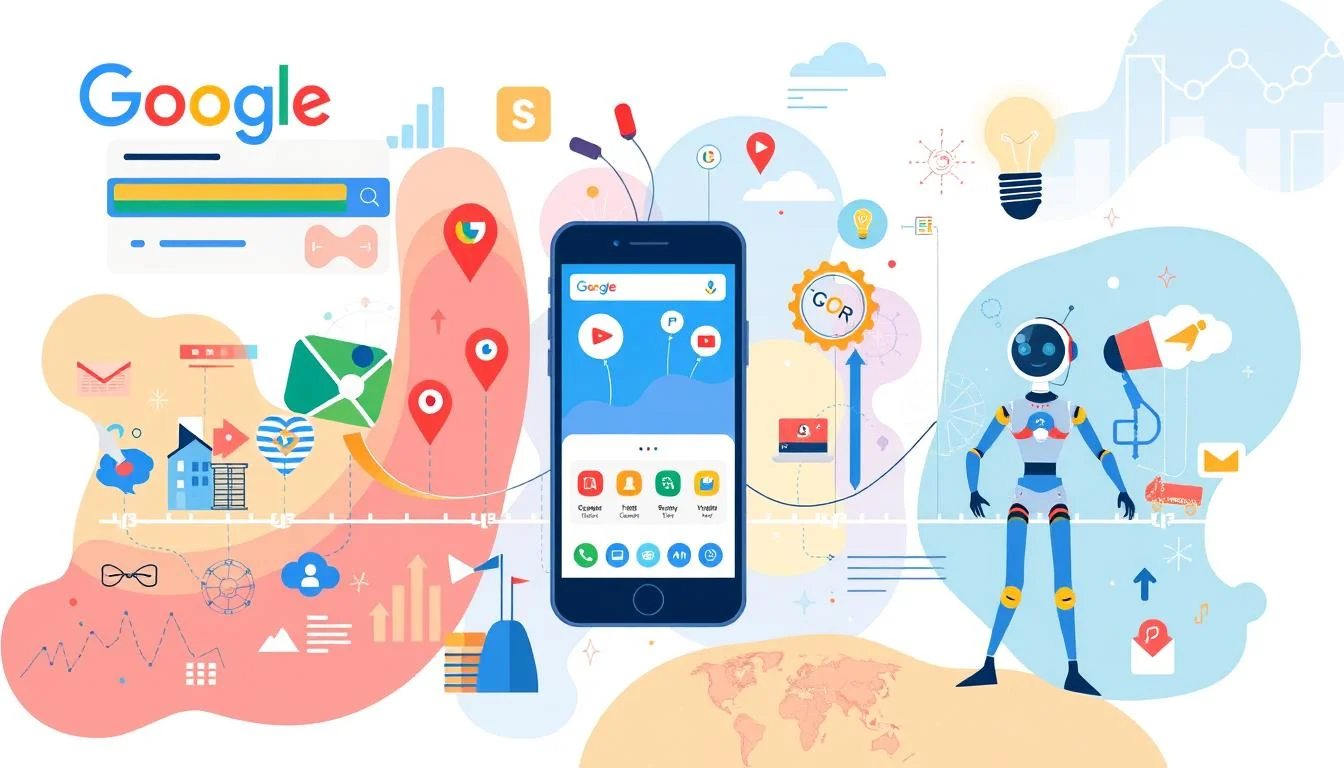Introduction
Because a single tweet can spark a global conversation, everyone from brands to governments to media agencies now relies on real time media monitoring. Reacting quickly is vital whether you notice a new trend or a possible PR crisis. With real time monitoring, every mention, feeling or story is caught, so organizations can respond quickly and wisely.
Quick and accurate management of your brand’s media is more important than ever. The guide takes a close look at media monitoring, studying the tools, approaches and knowledge that will shape media communications in the future.
The Evolution of Media Monitoring
From Traditional Clipping to AI-Powered Insights
In the past, monitoring media meant using scissors, newspapers and slow archive methods. At the time, experts collected data manually and used reports that were no longer current. By 2025, it is possible for these services to scan millions of sources at a time, all in real time.
Rise of 24/7 Media Landscapes
Because of constant publishing, live streaming and worldwide online discussions, there’s always something happening. Those tools have developed to match our fast-paced media world, so companies can always stay informed with real-time media intelligence.
Understanding Real Time Media Monitoring
Definition and Core Components
In real time media monitoring, we continuously review and analyze media content from digital, print, broadcast and social platforms. Its main features are:
- Source aggregation
- NLP or Natural Language Processing
- Sentiment analysis
- You can create alerts and use reporting dashboards.
Key Features of Real-Time Monitoring
- You can instantly know if your brand is discussed online.
- Understand the emotions that your message creates for people.
- Compare your brand to what your competitors are doing.
- Recognize problems as soon as they appear so that they don’t get out of control.
How Real-Time Media Monitoring Works
Data Collection Methods
Data from news sites, TV and radio, blogs, forums and social media is pulled in by monitoring platforms. Advanced tools and scrapers gather this data from many places and in several languages.
Algorithms, AI, and Human Analysis
Content is processed by machine learning models to sort, evaluate tone and check its relevance. When there are difficult or sensitive situations, analysts may be asked to handle the case by hand.
Benefits of Real Time Media Monitoring
Instant Crisis Response
A single mistake on social media can rapidly create big problems. Getting notified instantly allows PR teams to respond quickly to any news.
Brand Reputation Tracking
When you know how your brand is viewed, you can handle any issues before they get out of hand.
Competitive Benchmarking
When you pay attention to what competitors are doing in the media, you learn about industry trends, their PR methods and possible weaknesses in their approach.
Types of Media Covered in Real Time
- Print Media refers to newspapers, magazines and journals.
- TV and radio shows are available in transcript form.
- News websites and blogs are part of Digital Media.
- Twitter, Facebook, LinkedIn and Instagram are the main social media platforms.
- Podcasts: Platforms where voices matter and their influence is growing.
Use Cases by Industry
PR and Communications
In the PR world, real time media monitoring helps professionals stay up to date. It makes it possible for teams to check the press, monitor when their brand is mentioned in campaigns and assess how well their communication is working. When PR teams receive instant notifications about their brand, they can act right away and keep the conversation on track.
Marketing
Marketers keep an eye on what’s happening with their content as it is posted on different channels. With live tracking of keywords, hashtags and influencer collaborations, they can change their approach based on the first reactions they get. It also allows us to gauge how people feel about a product launch or a promotional event.
Government and Public Sector
To keep track of people’s views, misleading news and stories about their policies, government agencies rely on media monitoring software. Quick insights enable companies to respond to political happenings, crises and what concerns the community. This level of intelligence helps government agencies be clear and respond promptly to the public.
Finance and Investment
The financial industry is shaped by news. Investors and analysts use media intelligence tools to check economic status, new mergers, company earnings and international developments. When they get real time alerts, they can quickly take action on news that might change how their portfolio does or how investors feel.
Conclusion
Real time media monitoring should not be considered optional today because everything happens so fast. From safeguarding how your company is seen to improving your advertisements, the outcomes are very valuable. By using the right tools and a specific strategy, companies can turn fast insights into continuous results.
Now that AI technology guides our communications, those who can respond immediately will guide the discussion and those that can’t will struggle to follow.


